Rare and antiquarian books can be surprisingly valuable. A first-edition copy of Ulysses by James Joyce, published in Paris in 1922, can sell for €100,000 and sometimes much more; Jonathan Swift's Gulliver's Travels, published in London in 1726, up to €50,000. But, like art, most books will never become really valuable, and collectors are generally motivated by love of literature and books rather than the prospect of making a fast buck.
Last year, one of Ireland’s best-known collectors, retired Sligo GP Dr Philip Murray, sold his collection of modern first editions (of 20th century novels) after a lifetime of collecting. Although he didn’t start collecting with a view to making money, his collection turned out to be very valuable and sold for €275, 000 at Fonsie Mealy Auctioneers. Dr Murray recalled that when he started to collect he “wasn’t to know that it would turn into a lifetime pursuit and would give me such pleasure in both reading some great books and making many valued friendships” and said “the saddest thing that has happened . . . is the huge decline in the number of bookshops.”
Traditionally book collectors trawled second-hand bookshops or maybe bought a box of books at an auction for the thrill of the chase – hoping to find an elusive tome. But, like all other areas of collecting, the internet has transformed the market. During the Celtic Tiger boom, high rents resulted in the closure of numerous bookshops and many booksellers moved their business online. Most, however, continue to sell at book fairs throughout the country such as this weekend’s Town of Books festival in Graiguenamanagh, Co Kilkenny.
Norman Healy, Healy Rare Books, Galway
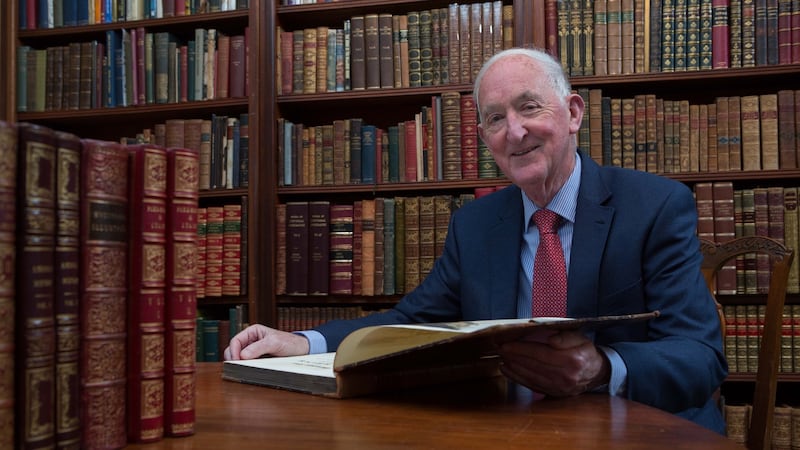
“Book collecting is a very personal hobby, some say obsession, but profit should never be the overriding factor. The true collector of books should derive great pleasure from the romance of the ‘game’, the acquisition of bargains in junk shops and small country auctions, the treasure in the attic, the rare finds of friends. Focused collecting often leads to serendipitous finds in the most unlikeliest of places. Another joy is obtained from sharing experiences with fellow ‘addicts’. Cultivating links with specialised dealers is also recommended.
“Above all, enjoy the chase and the acquisitions in a hobby that can generate intrinsic educational, cultural, aesthetic and entertainment value. Sometimes it can even be profitable. One should always strive for quality, financial resources permitting.”
Christine Ryall, Ireland representative, Christie’s

"Consider building your collection around a specific niche by choosing a topic of particular personal interest. Enthusiasts tend to seek out first editions of the books they love. Some first editions by notable Irish authors, especially James Joyce and the country's four Nobel prize winners – WBYeats, George Bernard Shaw, Samuel Beckett and Seamus Heaney – can be good investment. The highest price ever paid at auction worldwide for a book by an Irish author was achieved at Christie's, New York in October 2002 when a first-edition copy of Ulysses by James Joyce – inscribed by Joyce to Swiss publisher Henry Kaeser – was sold to a private collector for $460,500 (€409,840 at the then exchange rate). The same auction achieved the highest price ever paid for a first edition of Joyce's Dubliners – a copy with the extremely rare dust jacket and inscribed by Joyce to Crosby Gaige (a New York book collector) – which sold for $262,500 (€221,450).
David Cunningham, Ulysses Rare Books, Duke Street, Dublin 2
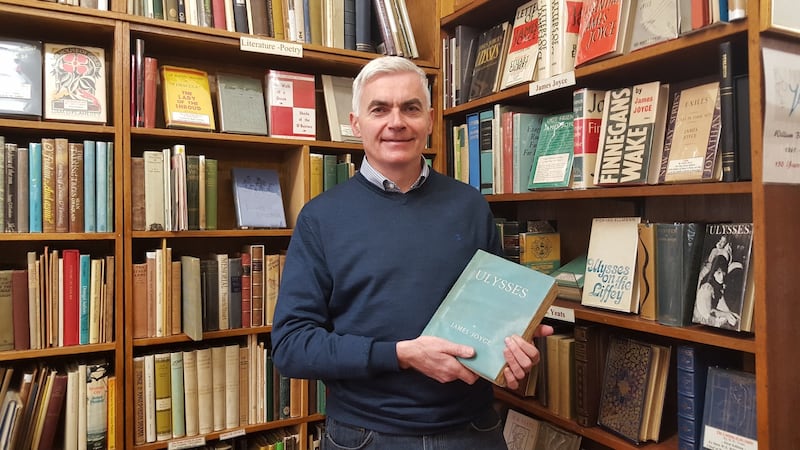
“With 20th-century-published books, dust jackets are extremely important and in many cases can be worth more than the book they cover. First issues of the first edition are the most collectable – this is particularly true of modern or contemporary editions. A popular author will have many thousands of copies of the first issue printed so in that case it worth looking out for a special limited edition of the work or to buy an author-signed copy of the trade edition. For those on a budget it’s worth attending some of the many literary festivals and bringing along books by the featured authors to have signed for free – this can add considerable value to your collection.”
Eamonn de Búrca, antiquarian bookseller, Blackrock, Co Dublin
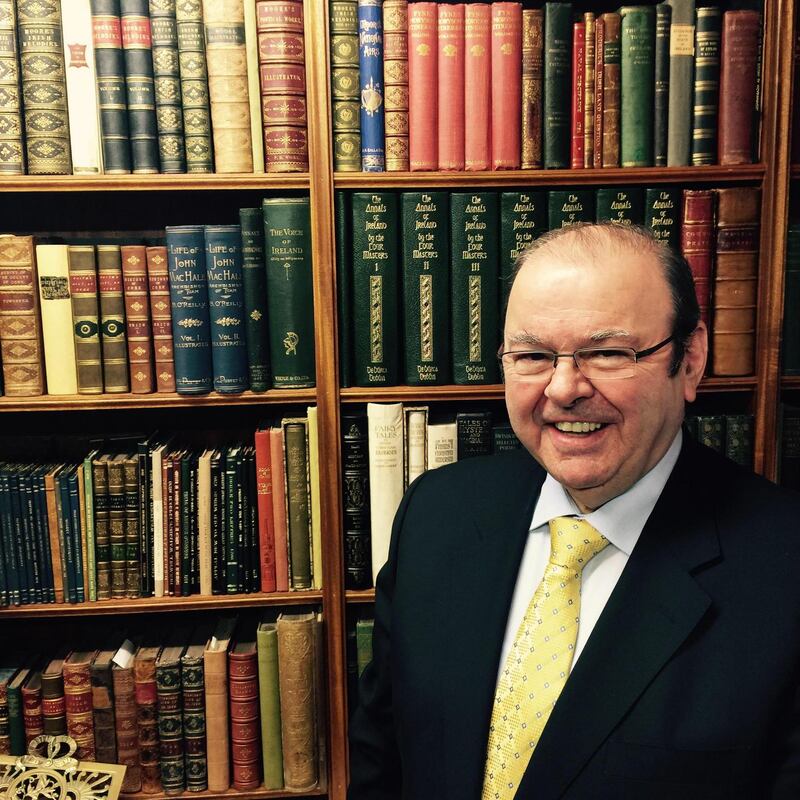
"Never buy a book solely because you expect to make a profit; buy it because you like it. Prices can go down as well as up, but a colleague of mine in the UK told me some years ago that, as a general rule of thumb, with really rare books one can expect to double one's money in 10 years. The book's edition is of the utmost importance. The first edition is always the most coveted by collectors for the simple reason that fewer copies have been printed than later editions. It's not always easy to determine a true first edition. For example, At Swim-Two-Birds by Flann O'Brien (the pseudonym of Brian O'Nolan) was first published in London in 1939. Most bound copies of this edition were destroyed when the Germans bombed Longman's premises in London in 1940. It is generally believed that about 80 copies came to Dublin. Graham Greene wrote the blurb for the dust jacket and mentioned the author as Brian O'Nolan instead of Flann O'Brien. Brian was furious when he saw the dust jacket, as he did not want his identity known. He went around the shops frantically removing as many dust jackets as he could. After the destruction of Longman's, the book was re-issued in 1941/42 and the author's pseudonym Flann O'Brien correctly appeared on the dust jacket. A copy of the true first edition, first issue, in the exceedingly rare dust jacket could be bought for around €2,000 in 2007. Recently, one sold at auction for € 7,440 – not a bad return in 10 years!"
PJ Tynan, antiquarian bookseller, Courtwood Books, Vicarstown, Stradbally, Co Laois
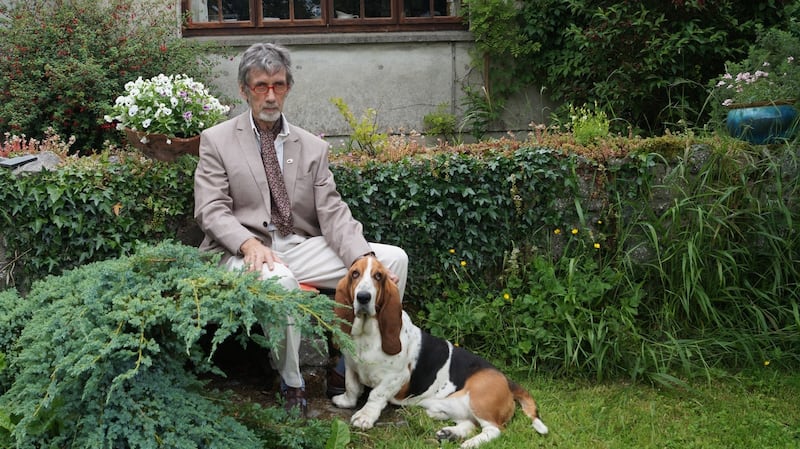
"There is a trend in the book market away from traditionally popular plate-illustrated books about Ireland such as Francis Grose's The Antiquities of Ireland and Hall's Ireland – Mr & Mrs Hall's Tour of 1840 and towards books about county and, in particular, local history. Also, because of the huge upsurge of interest in genealogical studies, family histories have become much more sought-after."
Joe McCann, bookseller and archivist who directs the Irish desk at Maggs Brothers (formerly of Berkeley Square), Bedford Square, Bloomsbury, London

“Historically, the price of rare books has been far too volatile to be commended as an investment. Typically, any price escalation takes a considerable number of years to ensue. Any dealer who talks about investment is only codding you. I generally advise people to buy what genuinely appeals to them and not to follow the latest fad. It is also imperative that one pursues copies in the very best possible condition. This is particularly essential in relation to modern books (which in the book world, is anything printed after 1800), where the presence and condition of a dust jacket, for example, is absolutely critical to the price. If your books happen to increase in value, then that’s a pleasant bonus; if not, then you still have something you love and can pass on to someone to take equally good care of.”
George Fonsie Mealy, rare books auctioneer

“Rare and collectible books have continued to hold their value throughout the downturn, particularly because the collecting field is so vast and varied. Book collecting is very personal; and of late there is growing interest in the provenance and ownership of books. We recently had an old book in Latin, which we had estimated at €5,000-€7,000, but because it had a signature of Jonathan Swift, it subsequently made €9,000 at our sale. Collectors should strive to get the best copy available and condition is of the utmost importance.
John Donohoe, antiquarian bookseller, Athlone
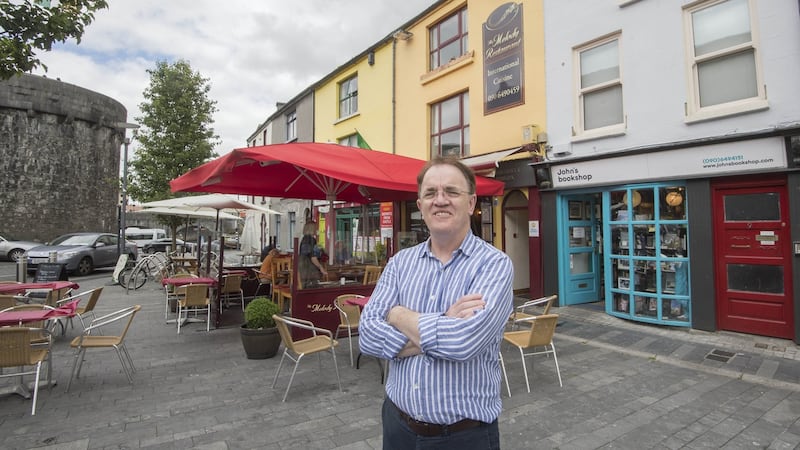
“To acquire a collection takes time and you need to enjoy the focus of your collecting in order to enable you to persist. I have always liked the idea of collecting everything by one writer, and many people who call into the shop do this. I’d recommend collecting books by two Irish poets: the late Michael Hartnett, because a full set of his signed works is very difficult to find, and Derek Mahon because I could see him winning the Nobel Prize for Literature.”
Allan Gregory, proprietor of First Editions bookshop at No 7, Pembroke Lane, Dublin 4
“There are now very few antiquarian and second-hand bookshops left in Dublin, as technology has undoubtedly affected the sale of books and newspapers. Some people may prefer to buy books through the internet but this dissipates the excitement of the search for the true collector. It also has certain disadvantages in that you may not always get what you ordered, and the additional cost of fees and postage can make the transaction much more expensive. What you see is what you get when buying the book in a bookshop or at a book fair.
“So what do people generally collect and which authors represent the safest investment? In the Anglo-Irish literature category writers such as James Joyce, Elizabeth Bowen, Samuel Beckett and John Banville are very collectible. As are great Irish women writers Kate O’Brien, Molly Keane and Mary Lavin. Travel writers Dervla Murphy and Richard Hayward are always in demand, as are rare books of historical interest, particularly books on the1916 Rising. Dolmen Press and Cuala Press first editions are always desirable as are children’s books by Beatrix Potter and Dr Seuss. On the international literary front, Ernest Hemingway, Evelyn Waugh, Graham Greene and John Le Carré are all highly collectible, as are first editions by South American writers such as Carlos Fuentes and Gabriel García Márquez.”



















